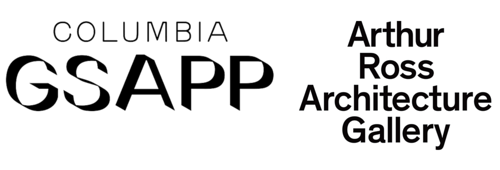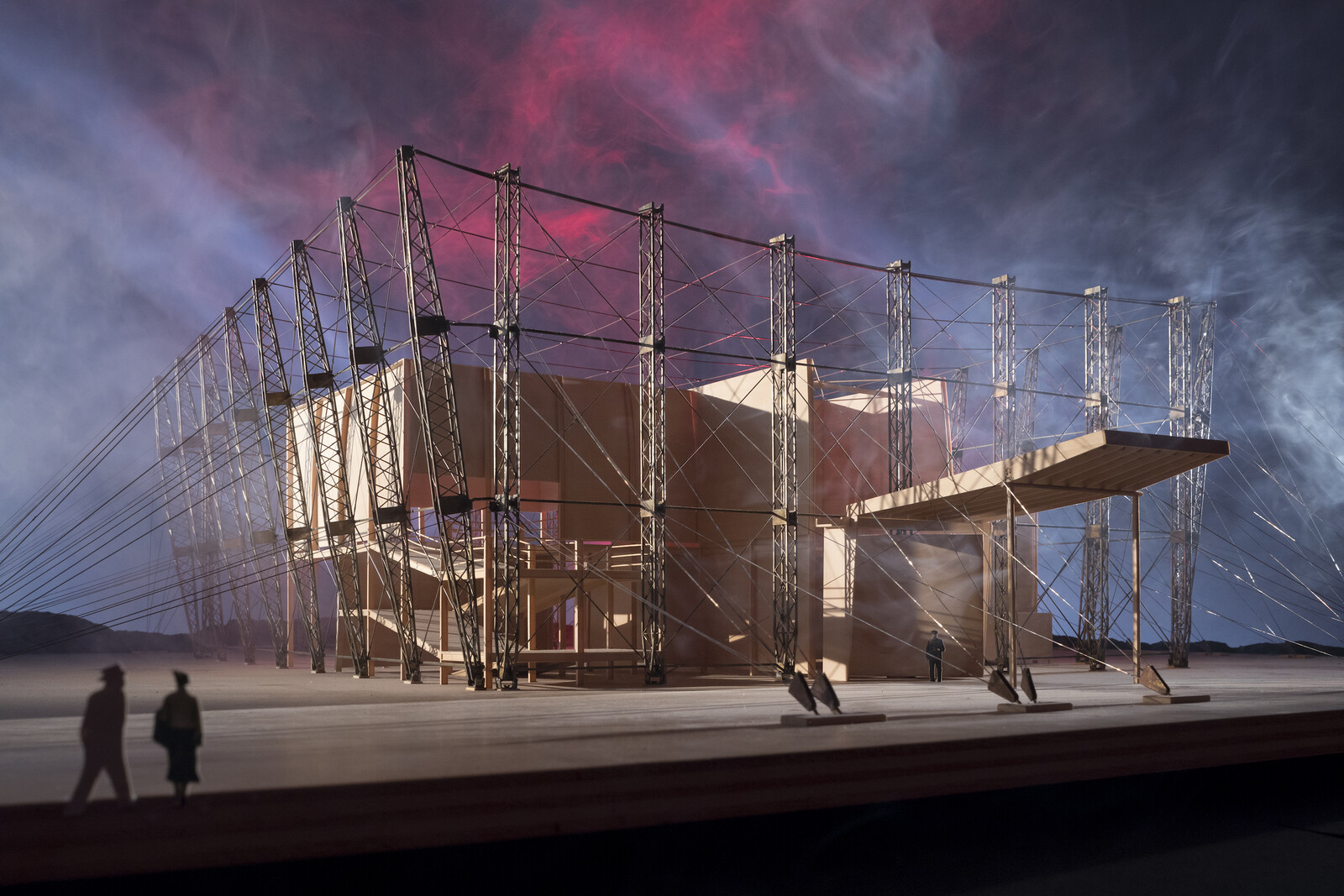Stagecraft: Models and Photos
February 9–March 10, 2017
East Gallery, Buell Hall, Columbia University, 1172 Amsterdam Avenue, New York, NY 10027
Buell Hall, Columbia University GSAPP
1172 Amsterdam Avenue
New York, NY 10027
USA
The Arthur Ross Architecture Gallery at Columbia University’s Graduate School of Architecture, Planning and Preservation (Columbia GSAPP) presents newly commissioned photographs by James Ewing alongside models of significant 20th-century buildings in the exhibition Stagecraft: Models and Photos. On view from February 9 until March 10, 2017, Stagecraft explores the synergy between architectural models and photography and the renewed relevance of model photography as a wellspring of architectural invention.
James Ewing’s photographs invite a reexamination of how architectural creativity and thinking unfold through the picturing of objects and the crafting of images. Using the Ross Gallery as a photographic studio for several weeks, Ewing experimented with a range of lighting, framing and staging techniques that drew upon his research on the history of model photography. Ewing specifically studied the archive of the model photographer Louis Checkman, located at the Avery Drawings & Archives Collection at Columbia University, took inspiration from the methods of Balthazar Korab and Ezra Stoller, and exchanged ideas with Jock Pottle, a prolific architectural model photographer active during the 1990s and early 2000s.
Stagecraft: Models and Photos includes 14 photographs by James Ewing, with multiple interpretations of the six models. Rather than realistic constructions that simulate buildings, Ewing’s images instead offer a meditation on how the intersection of material and visual modes of representation can prompt new ways of seeing, understanding and talking about architecture.
As photographic subjects, the models themselves were a unique provocation. Illustrating structural details rather than whole buildings, the models were made during the 1990s and early 2000s by Columbia GSAPP students of Professor Kenneth Frampton as a pedagogical exploration of the history of architectural tectonics. “One of the key aspects of architecture is the fact that it is constructed. My argument is that by making a didactic model, the students internalize the intrinsic nature of the work. It was important that the model should somehow exemplify the idea of its constructive poetic,” said Professor Frampton.
Made by teams of students between 1993 and 2004, the models represent the following buildings:
–Le Corbusier, Pavillon des Temps Nouveaux, Paris, France, 1937
–Norman Foster, Renault Distribution Center, Swindon, UK, 1982
–Gerrit Rietveld, Schröder House, Utrecht, The Netherlands, 1924
–Jørn Utzon, Bagsværd Church, Bagsværd, Denmark, 1976
–Frank Lloyd Wright, Samuel Freeman House, Los Angeles, USA, 1924
–Peter Zumthor, Saint Benedict Chapel, Sumvitg, Switzerland, 1988
The exhibition is curated by Irene Sunwoo, Columbia GSAPP Director of Exhibitions, and Adam Bandler, Assistant Director of Exhibitions. “It has been a pleasure to work with James Ewing on this project,” said Irene Sunwoo. “The resulting exhibition demonstrates how the Ross Gallery can foster the creative production of new projects that give architects and artists an opportunity to push their practice further, while also generating timely conversations on architectural issues that resonate with GSAPP’s research and teaching.”
James Ewing
James Ewing is the recipient of numerous awards and recognitions for his photography of architecture, interiors, and landscape, including multiple American Photographic Artists National Awards and a Fulbright grant to photograph the architectural evolution of the city of Tunis, Tunisia. He has traveled extensively to photograph the work of Le Corbusier, Kahn, and Niemeyer in Europe and Asia. His work has been published in international magazines and newspapers, and his book Follow The Sun, A Field Guide to Architectural Photography in the Digital Age was published in 2016 by Routledge Press. Ewing’s architectural photography has been an integral contribution to numerous successful AIA Award submissions. He earned a BFA in Photography from Indiana University, Bloomington in 1997 and an MFA in photography from Cranbrook Academy of Art with an elective in Architecture in 2004.
Kenneth Frampton
Kenneth Frampton is Ware Professor of Architecture at Columbia GSAPP, where he has taught since 1972. He was trained as an architect at the Architectural Association School of Architecture, London and has worked as an architect and as an architectural historian and critic. In addition to Columbia, Frampton has taught at a number of leading institutions including the Royal College of Art in London, the ETH in Zurich, the Berlage Institute in Amsterdam, EPFL in Lausanne and the Accademia di Architettura in Mendrisio. Frampton is the author of Modern Architecture and the Critical Present (1980), Studies in Tectonic Culture (1995), American Masterworks (1995), Le Corbusier (2001), Labour, Work & Architecture (2005), and most recently, L’Altro Movimento Moderno (2015) and A Genealogy of Modern Architecture: Comparative Critical Analysis of Built Form (2015). He is currently at work on an expanded fifth edition of Modern Architecture: A Critical History.


